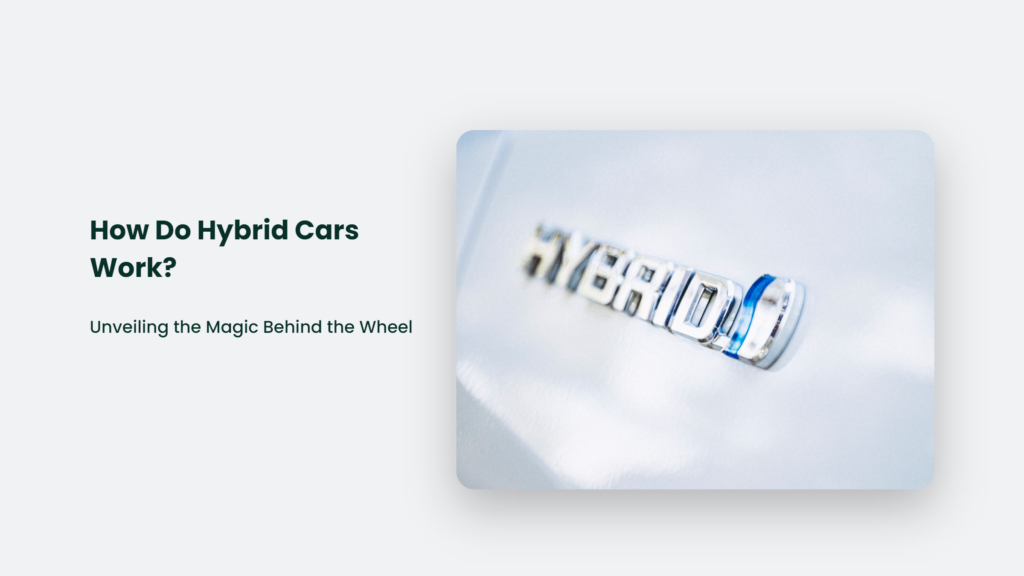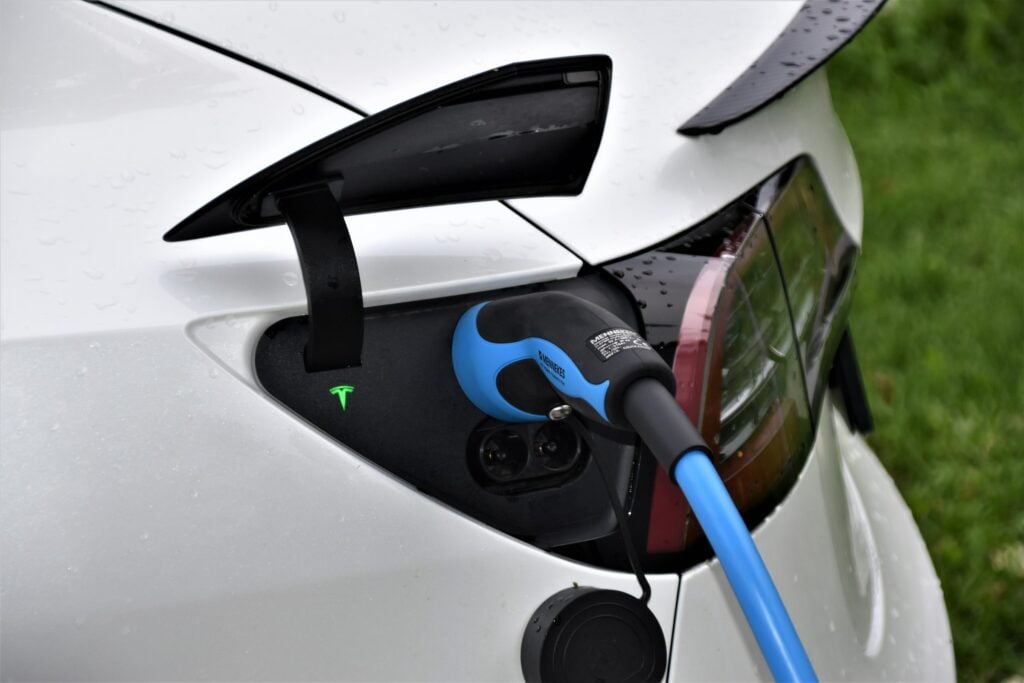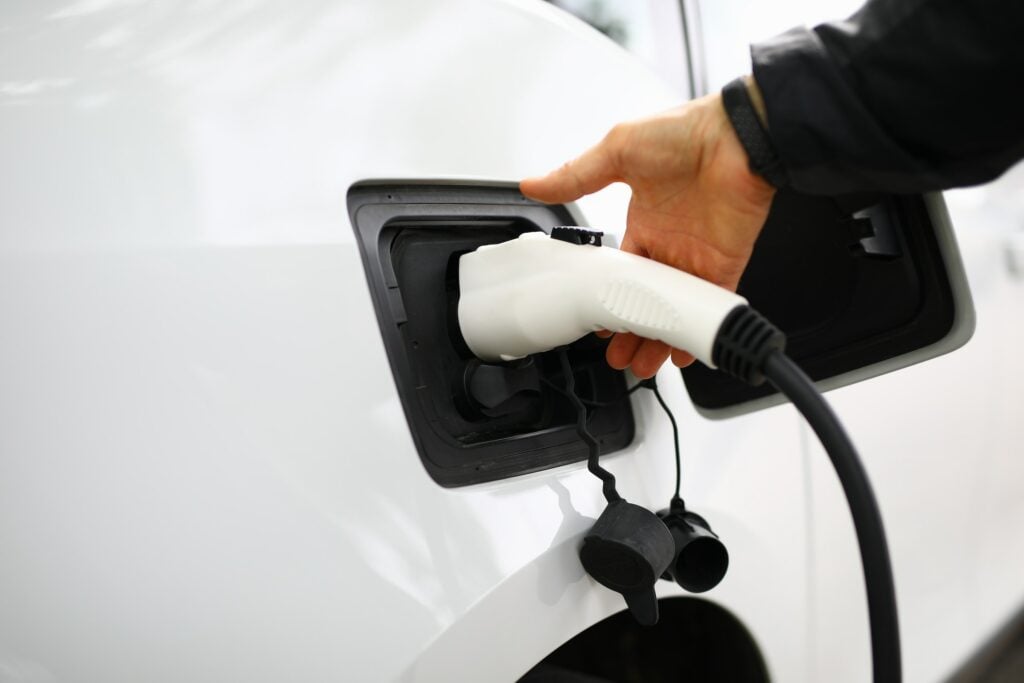If you’ve ever wondered how hybrid cars work, you’re not alone. These eco-friendly vehicles have been gaining popularity in recent years and for a good reason. Combining the best of both worlds – fuel efficiency and reduced emissions – hybrid cars are a fantastic option for those looking to positively impact the environment while still enjoying the convenience of a traditional gasoline-powered vehicle. So, let’s dive into the fascinating world of hybrid cars and discover what makes them tick.

The Power of Two: Combining Gasoline and Electric Engines (How do Hybrid Cars Work)
At their core, hybrid cars use two distinct types of power: an internal combustion engine (ICE) and an electric motor. The electric motor is more efficient at producing torque, while the ICE is better for maintaining high speeds. By switching between these two power sources, hybrid cars can maximize both fuel efficiency and energy efficiency, resulting in lower emissions and reduced running costs compared to non-hybrid vehicles. There are different ways to combine the two power sources in a hybrid car, such as parallel hybrids and series hybrids.
In parallel hybrids, the ICE and the electric motor can directly power the wheels, individually or together. In series hybrids, the ICE powers a generator that charges the battery, which then powers the electric motor to drive the wheels. Some hybrid cars also use parallel and series configurations, known as power-split or series-parallel hybrids.
Hybrid cars come equipped with high-voltage battery packs that store energy for the electric motor. These batteries are recharged through regenerative braking and by the ICE. Some hybrid vehicles, known as plug-in hybrids (PHEVs), can also be plugged into an external power source to recharge their batteries, allowing them to operate purely electric for short distances.
The Magic Behind Regenerative Braking
One of the key features of hybrid cars is their ability to recharge their batteries through a process called regenerative braking. When you apply the brakes in a traditional vehicle, kinetic energy is lost as heat. However, in a hybrid car, this energy is captured and used to recharge the battery, which in turn powers the electric motor. This clever system allows hybrid cars to make the most of the energy they generate, further improving their overall efficiency.
Regenerative braking reverses the electric motor that propels the car, turning it into a generator that feeds energy into the hybrid or electric vehicle’s battery. This process can recapture up to 70% of the kinetic energy that would otherwise be lost as heat during braking. Using regenerative braking, hybrid cars can extend their driving range and reduce the need for frequent recharging.
The Growing Popularity of Hybrid Cars
Hybrid cars have come a long way since their inception, with sales increasing by 76% in 2021 compared to the previous year. Hybrid vehicles accounted for 5% of the light vehicle market in 2021, while electric vehicles comprised 3%. This growth is expected to continue as the world becomes more environmentally conscious and seeks out greener transportation options.
In the first quarter of 2021 alone, global hybrid vehicle sales reached 834,000 units. Hybrid cars accounted for 18.75% of European new car sales in 2020, and 345,645 hybrid vehicles were sold in the United States that same year. Toyota and Lexus achieved record hybrid car sales in the U.S. market, helping the Japanese automaker overtake General Motors as the top-selling U.S. automaker.

The Pros and Cons of Hybrid Cars
While hybrid cars offer numerous benefits, such as improved fuel economy and reduced emissions, they also come with some drawbacks. For instance, hybrid cars can be more expensive upfront due to their complex powertrain and advanced technology. Additionally, some hybrid cars may have less power and poorer handling compared to their gasoline-powered counterparts.
However, the advantages of hybrid cars often outweigh the disadvantages, making them an attractive option for many drivers. Hybrid cars are poised to become an even more popular choice in the coming years with better fuel economy, lower emissions, and a growing market share.
The Environmental Impact of Hybrid Cars
One of the main reasons people choose hybrid cars is their positive impact on the environment. Hybrid cars produce significantly lower emissions than traditional gasoline-powered vehicles, which helps reduce air pollution and greenhouse gas emissions. In fact, hybrid cars can reduce CO2 emissions by up to 25-35% compared to their non-hybrid counterparts.
Moreover, hybrid cars are more fuel-efficient, consuming less gasoline and producing fewer emissions. It helps the environment and saves drivers money on fuel costs. For example, the Toyota Prius, a popular hybrid car, has a combined fuel economy of 52 miles per gallon (mpg). In contrast, a comparable gasoline-powered vehicle, such as the Toyota Corolla, has a combined fuel economy of 34 mpg.
The Maintenance and Repair of Hybrid Cars
Hybrid cars require regular maintenance, just like any other vehicle. However, there are some differences in the maintenance needs of hybrid cars compared to traditional gasoline-powered vehicles. For instance, hybrid cars have a high-voltage battery pack that requires special care and attention.
In addition to regular maintenance tasks such as oil changes, fluid refills, and air filter replacements, hybrid car owners should also be aware of the unique repair needs associated with their vehicles. It’s essential to find a technician with experience working with gasoline and electric systems to ensure proper care and maintenance of your hybrid car.
The Lifespan of Hybrid Car Batteries
A common concern among potential hybrid car buyers is the lifespan of the high-voltage battery pack. Most hybrid vehicle manufacturers claim that, on average, a hybrid battery pack will last from 80,000 to 100,000 miles. With proper maintenance, some owners have pushed this number to 200,000 miles. Warranties typically extend to about the 100,000-mile mark, so manufacturers expect this to be the upper limit on battery life.
The Future of Hybrid Cars
As the world continues to shift towards more sustainable transportation options, the popularity of hybrid cars is expected to grow. Hybrid vehicles offer a practical solution for drivers who want to reduce their environmental impact but are not yet ready to switch to fully electric vehicles. With advancements in technology and increasing consumer demand, hybrid cars are likely to play a significant role in the future of transportation.
Frequently Asked Questions:
What is the difference between a hybrid car and an electric car?
A hybrid car combines a gasoline engine with an electric motor, while an electric motor and a battery solely power an electric car. Hybrid cars still produce some tailpipe emissions, but they are generally lower than those of traditional gasoline-powered vehicles
How do hybrid cars recharge their batteries?
Are hybrid cars more expensive than traditional cars?
Hybrid cars can be more expensive upfront due to their complex powertrain and advanced technology. However, the improved fuel economy and reduced emissions can offset the higher initial cost over time.
What are some popular hybrid car models?
Some popular hybrid car models include the Toyota Prius, Toyota Camry Hybrid, Ford Escape Hybrid, Ford Fusion Hybrid, Toyota Highlander Hybrid, Honda Insight, Honda Civic Hybrid, and Lexus RX 400h.
In Conclusion
Hybrid cars offer numerous benefits, including improved fuel efficiency, reduced emissions, and a positive environmental impact. While they may have some drawbacks, such as higher upfront costs and unique maintenance needs, the advantages often outweigh the disadvantages. As the world continues to move towards more sustainable transportation options, hybrid cars are poised to play a crucial role in the future of the automotive industry.




